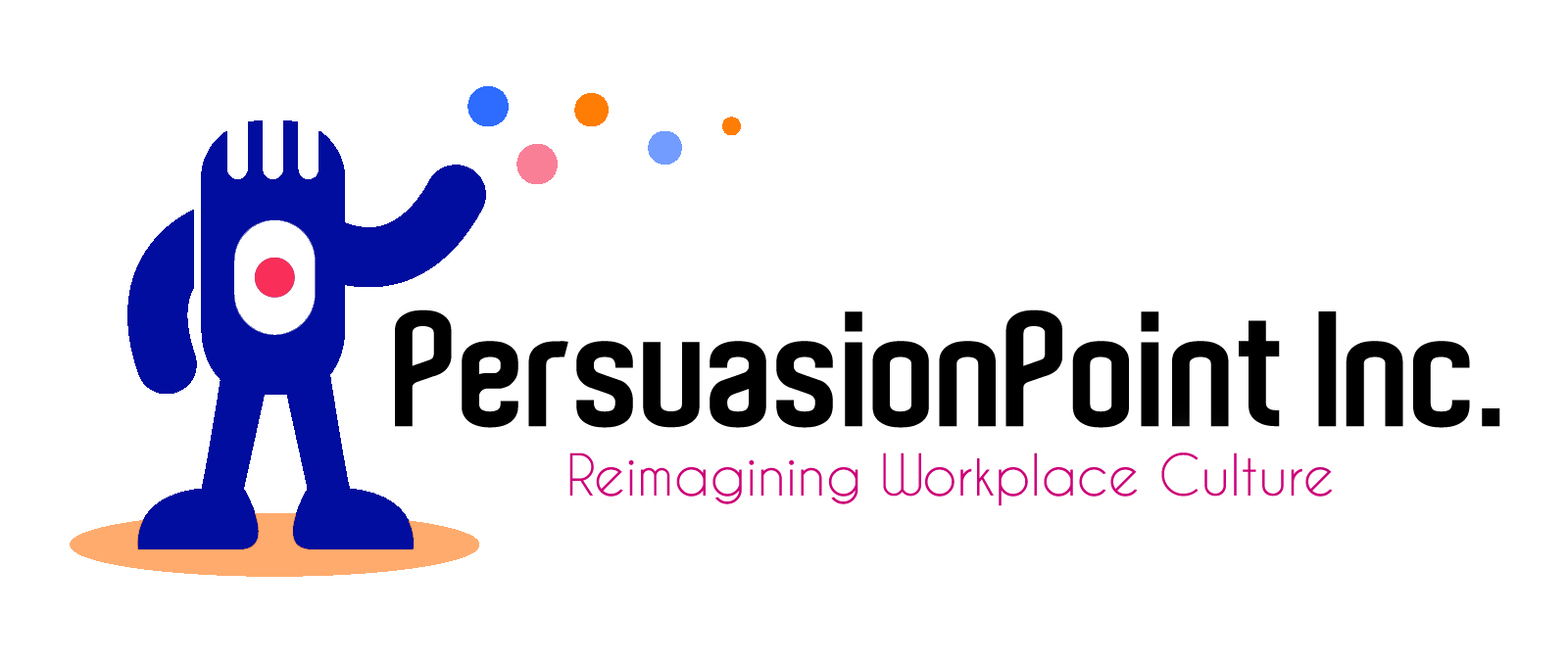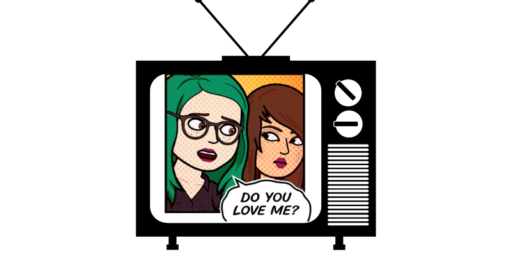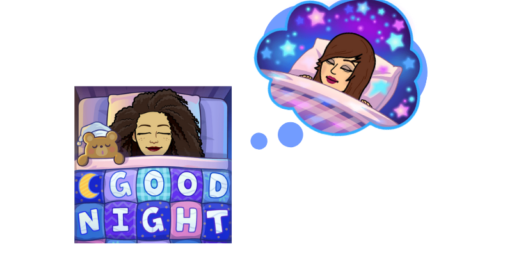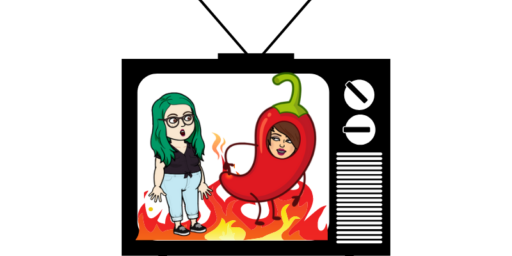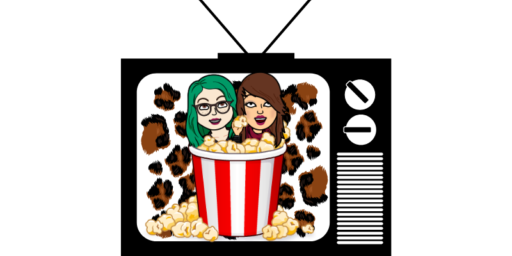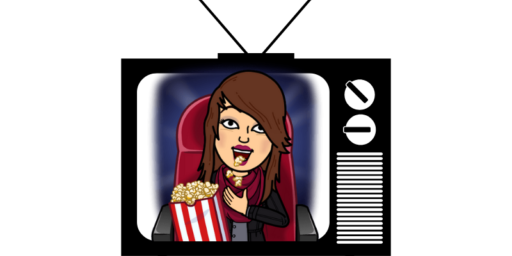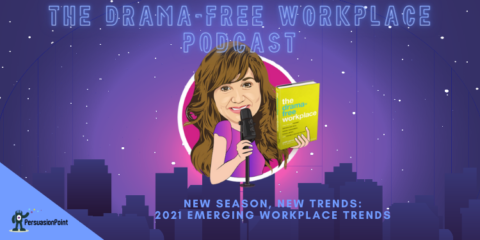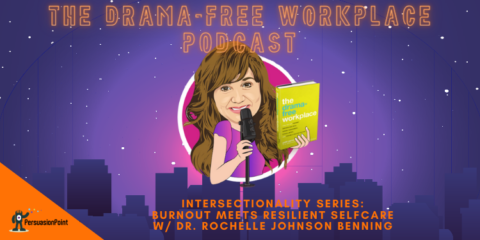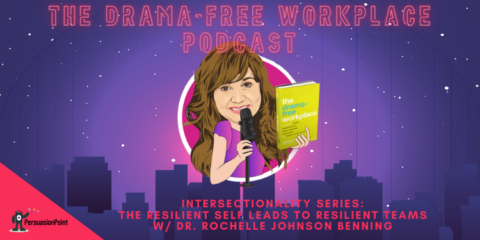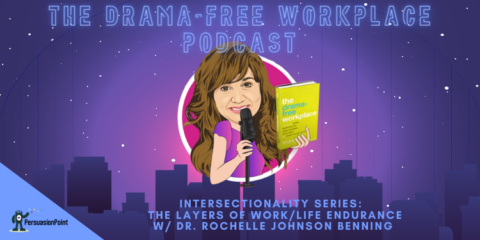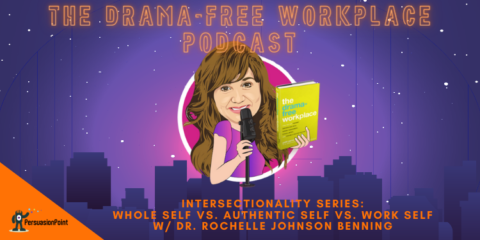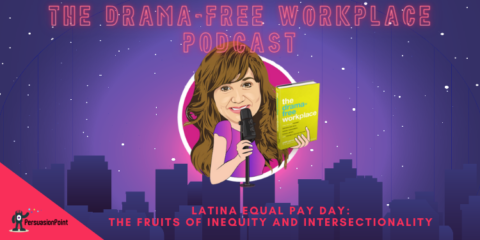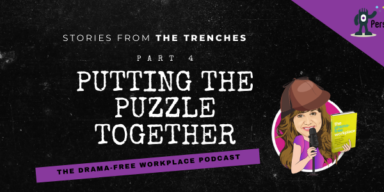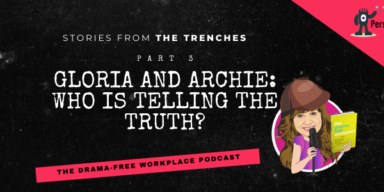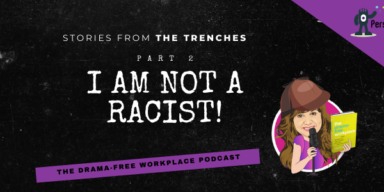Yes, I listened to most of the music from my “The Drama-Free Workplace Book” playlist on vinyl records.
A Review of The Drama-Free Workplace Content Through Music
I love music and relied on it a lot while writing my book, The Drama-Free Workplace.
My way of thanking all the artists who kept me awake and kept my creative juices flowing was to make a Spotify playlist to go along with my book (in the “keeping me awake” category, I also owe huge kudos to the 5am opening crew at the Carmel Valley Starbucks!).
I hope the playlists motivates those reading the book as much as it did me in writing it.
There are a few themes that run throughout the book, and that are reflected in the music I chose. They include authenticity, happiness/positivity, creating strong connections, having a “we’re all in this together” mentality when it comes to creating a healthy culture, radical inclusion that comes from extreme curiosity, and letting go of irrational fear. Oh and also, fun and dancing – a workplace culture that isn’t fun (and maybe includes a little cha cha cha) is unhealthy through and through. In fact, although I take drama (at work and elsewhere) very seriously, here’s a video book trailer that shows you that having a little fun is okay.
So enjoy the playlist and the book. If you’re curious about the meaning behind the song selections, here’s a breakdown of the songs by chapter (with a wealth of additional resource material).
Introduction
- “Happy” (Pharrell Williams) and “Lovely Day” (Bill Withers): Because at the center of all drama-free workplaces is a deep sense of joy. And “Happy” is from Despicable Me – you can’t have drama if you’re thinking of the minions!
“…at the center of all drama-free workplaces is a deep sense of joy…”
- “My Shot” from Hamilton (one of many songs from my favorite musical, written by our family hero): A major theme in the book is that we ALL need to do our part (take our shot) to create and maintain drama-free environments.
- “Family Affair (No More Drama)” (Mary J. Blige): First of all, this song has the perfect lyric sequence: “Cuz we’re celebrating no more drama in our lives…” It’s also a great dance song, which is a strong playlist theme. Fun is a core characteristic in healthy cultures, so go ahead and sing and dance along while you’re reading!
- “La Vida es un Carnaval” (Celia Cruz): This is the Chavarria (my family name) signature song. Look up the lyrics (or better yet, get a glimpse of the Queen of Salsa in the music video), and you’ll see it’s all about rejecting negativity and embracing the fact that life is beautiful. It’s impossible to have drama with that attitude!
PART I
Diagnosis Drama: What You Can Do to Identify, Prevent, and Fix Workplace Drama
Chapter 1
How to Blow Up an Organization (and Rise from the Ashes)
- “Got to be Real” (Cheryl Lynn): “A lack of authenticity is the number one driver of an unhealthy workplace culture.” If you expect to reap a harvest of inclusion and respect, you can’t sow inauthentic seeds. Here’s an article with a book excerpt that covers the importance of authenticity. And here’s an article about identifying the root causes of workplace drama – another important way to keep things real.
“If you expect to reap a harvest of inclusion and respect, you can’t sow inauthentic seeds.”
- “It Feels Good” (Tony! Toni! Tone!) and “What a Wonderful World” (Louis Armstrong): The workplace isn’t as scary as many would lead you to believe. In chapter 1, I introduce a new theory – the litigation-avoidance paradox. Essentially the more you do to avoid lawsuits (fear-based behavior), paradoxically the more likely you are to be sued. Much more on this in chapter 5.
- “You Make Me Feel Like Dancing” (Leo Sayer) and “Let’s Groove” (EW&F): I introduce (and discuss more later) the importance of the perception of (un)fairness at work. If your employees aren’t dancing and groovin’, they might feel as though they are subjected to unfair decisions, even if you think you are being fair.
Chapter 2
Why Is Sexual Harassment Still a Thing and What We Must Do to Fix It
- “Respect” (Aretha Franklin): No explanation necessary.
- “The Schuyler Sisters” from Hamilton: “…We hold these truths to be self-evident that all men are created equal, and when I meet Thomas Jefferson, uh, Imma compel him to include women in the sequel..WERK!” We know a root cause of workplace sexual harassment is a lack of gender diversity in leadership. Let’s not wait until the sequel to include women in decision-making. For more guidance, here’s an article outlining the professional woman’s guide to a drama-free workplace.
- “Stand by Me” (Prince Royce): Take a listen to this version…the music genre is bachata, which might be new to many of you. The lyrics (in this version, the bilingual lyrics) remind us that a key to preventing and fixing harassment is for all of us to take a bold stand against it…to stand by each other. (Bonus, the video is a beautiful ode to peace, love and inclusion.)
“…a key to preventing and fixing harassment is for all of us to take a bold stand against it…to stand by each other…”
- “Let’s Hear it for the Boy” (Deniece Williams): We need male allies to step up AND speak up. For those of you looking for a unique view of bystander intervention, watch this video of an Indian music group showing how men can intervene when they see women harassed in public places.
- “Stronger” (Kelly Clarkson): Whether we are leaders or individual contributors, we need to take each experience as a learning lesson that will give us the wisdom to make the workplace better for ourselves and the next generation.
Chapter 3
Diversity, Inclusion and Belonging…Not Just PC BS
- “Carnaval del Barrio” from In The Heights. Yes, my Lin-Manuel Miranda obsession goes beyond Hamilton. In the scene featuring this song, the lyrics that speak of waving flags from various Latin American countries come to life to show how we are better when we embrace the diverse mosaic that makes up the whole of our country and our workplaces.
“…we are better when we embrace the diverse mosaic that makes up the whole of our country and our workplaces.”
- “Come Together” (Tito Puente…er, The Beatles…): Another perfect example of blending genres to celebrate diversity: Taking the song of a 60s British band and turning into a danceable salsa song. Rumor has it that my book signing events may or may not include a quick beginner’s salsa lesson…
- “Hey Ya! (OutKast): Stay with me here. Diversity isn’t just about race and gender. This song evokes the importance of generational diversity. I mean, if you don’t have someone on your team who actually shook a polaroid picture, you need to find one! Here’s a beautiful story about a retired inventor hired by a tech company – see how her insight helped the company avert a business disaster!
- “Where is the Love” (Black Eyed Peas): Check out the lyrics and you’ll get why this song in on this list.
- “Yorktown” from Hamilton. The song opens with dialogue between Hamilton and Lafayette with the classic line, “Immigrants…we get the job done!” Are you creating spaces where all employees feel included and as though they belong so that they can get the job done?
Chapter 4
Ethics Lapses: They’re More Common Than You Think
- “Take It Easy” (Eagles): First of all, I’m an Eagles fanatic so I had to include a few of their songs. But this title is a perfect reminder that often, ethics lapses aren’t about someone who is evil or immoral, but rather someone who doesn’t stop to think about the consequences of his/her actions. We would all be better off if we remembered to stop, take a deep breath, and takes things easy.
- “Everybody Wants to Rule the World” (Tears for Fears): Despite the fact that most ethics lapses being just that, temporary lapses, there are certainly examples of people (especially unscrupulous leaders) who enjoy abusing their power and flexing their corporate muscle – all for their own benefit, and always to the detriment of the company and its culture. Make sure you hold everyone accountable to your stated goals, including your company’s commitment to ethical behavior.
- “Saturday in the Park” (Chicago), “Good Times” (CHIC) and “Rhythm of the Night” (DeBarge): These songs evoke joy, peace and calm…critical elements for organizations who want to stay drama-free and promote a culture of ethics and integrity.
These songs evoke joy, peace and calm…critical elements for organizations who want to stay drama-free and promote a culture of ethics and integrity.
PART II
“Hiking” to the Top of the Healthy Workplace Culture Pyramid
Chapter 5
Reaching the Top of the Healthy Workplace Culture Pyramid: The Three Fs (Fearlessness, Fairness, Freedom)
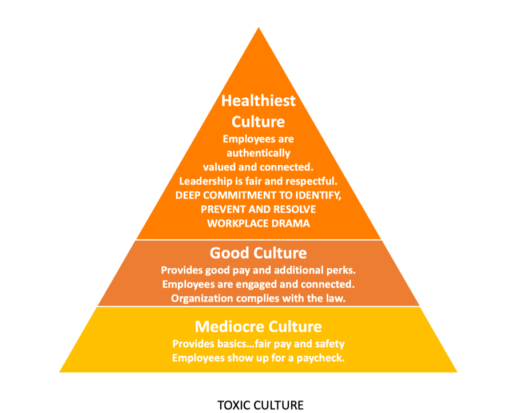
- “Brave” (Sara Bareilles): Too many leaders start from a place of fear. This is especially true when companies create cultures of compliance/complicity, instead of cultures of COMPASSION & COURAGE. Be bold, be brave! (Song gets bonus points because Sara is a UCLA Bruin!!)
- “Don’t Worry Be Happy” (Bobby McFerrin): “In every life we have some trouble, but when you worry you make it double…” Worry leads to more worry. Stop being pulled by the sway of irrational fear. Doing things for fear of getting sued is more likely to send employees to the courthouse (the litigation-avoidance paradox).
- “One Love” (Bob Marley) and “Pride (In the Name of Love)” (U2): Courage is the opposite of fear, but something we talk too little about at work is the fact that love is also the opposite of fear. Not romantic love, but love rooted in compassion, inclusivity and joy – all hallmarks of a healthy culture.
- “Freedom” (Wham!): Stop treating employees like children. Give them rules that provide necessary guardrails, but don’t restrict their freedom.
Chapter 6
Anticipating and Preparing for Drama-Causing Events.
- “The Room Where It Happens” from Hamilton and “Don’t You Forget About Me” (Simple Minds): A “leading drama producer” is corporate change (reorgs, changes in leadership, etc.). The chance of drama increases exponentially if you forget to include those who will be affected by the changes to participate…don’t keep them out of the room where things happen.
- “O-o-oh Child” (The Five Stairsteps) and “Wouldn’t It Be Nice” (The Beach Boys): Another leading drama producer is the failure to observe, analyze and course-correct. You can make things infinitely easier, and reduce the chance that drama will creep into your work space, if you take a thoughtful and methodical approach, and if you use data to improve your decision-making.
- “You’re My Best Friend” (Queen): Another drama producer…faulty processes that lead to poor decision-making. When we’re deciding who to hire/promote, “this person could be my friend” is the wrong measurement to use (this is often a sign of unconscious/implicit bias, specifically affinity bias, creeping into your decision-making process). But this song has a double meaning since it turns out that research shows having a best work friend is a great way to have a healthy culture and keep drama away! Take a look at what Gallup has to say about the power of having a work BFF.
Chapter 7
Make Your Journey Easier: Choose the Less Treacherous Path
- “Peaceful Easy Feeling” (Eagles): Safety laws first seemed burdensome, but over time, employers took a deep breath & realized that making safety a core value was both the right thing to do and great for business. Take a page from the safety culture playbook. What if we embraced a culture of kindness, respect and inclusion in the same way that we’ve embraced a culture of caring deeply for our employees’ physical safety?
- “Count on Me” (Bruno Mars) and “Lean on Me” (the Club Nouveau version): A hallmark of safety cultures is a feeling of “we’re all in this together.” There is no “us versus them” when it comes to safety – everyone watches out for each other. We embrace the concept of accountability by looking backward AND by forward (what can we learn from an accident?). Let’s embrace that same attitude when it comes to workplace behavior.
- “Break My Stride” (Matthew Wilder) and “Staying Alive” (Bee Gees): In safety cultures, any accident/injury, no matter how small, is reported & treated. In safety, we don’t wait until someone is seriously injured to do something, so why do we wait to deal with workplace conduct (until it violates a policy or law)? A healthy culture embraces early intervention.
Chapter 8
Reduce Drama Through Precise & Persuasive Communication.
- “Tell Her About It” (Billy Joel): “Communication breakdowns at work tend to fall into one of two categories: 1) Saying nothing for fear of saying the wrong thing and 2) saying the wrong thing.” (p. 139) Don’t be afraid to speak – instead be intentional with your words.
“Don’t be afraid to speak – instead be intentional with your words.”
- “Let It Be” (Tito Nieves version): A key way to improve communication is by increasing our emotional intelligence (EQ). Improving self- and social-awareness will help you achieve the goal of “speaking words of wisdom.”
- “All Star” (Smash Mouth): Become an all-star communicator by: Being meticulous with your words, pivoting from defensiveness to genuine curiosity and seeking to be understood, rather than seeking to be right. (pp. 145-149)
- “I Can See Clearly Now” (Jimmy Cliff) & “Enjoy the Silence” (Depeche Mode): Yes, I wove Greek mythology into the book! The Cassandra Curse provides great lessons on improving communication. Run your words through the “P2 filter” to make it Precise and Persuasive. Also, become a master communicator by knowing what makes people tick. That doesn’t mean being manipulative, but rather learning what motivates others to increase your power of persuasion.
PART III
A DIY Roadmap for Creating and Maintaining a Drama-Free Culture
Chapter 9
Policies Schmolicies…How to Write and Enforce the Right Rules
- “Unwritten” (Natasha Bedingfield): “Staring, at the blank page before you, open up the dirty windows, let the sun illuminate the words…” I bet I can tell you what your harassment prevention policy says without reading it – because they all say the same thing. It’s time to open up those windows and create policies that inspire our employees (not policies that restrict their freedom).
“I bet I can tell you what your harassment prevention policy says without reading it – because they all say the same thing.”
- “I Got You/I Feel Good” (James Brown) and “Happy Together” (The Turtles): Old and uninspired policies are so last millennium. Rewrite your polices to make your employees feel good and to let them know that we’re ALL in this together – employees and leaders, men and women…it will take all of us working together to achieve a healthy and inclusive culture. Here’s a checklist to help you avoid mistakes when revamping your harassment prevention policy.
- “The Promise” (When In Rome): Don’t just promise a “harassment-free” workplace – that means you’re only doing the minimum. Promise a respectful culture (which by definition means no harassment).
- “Mr. Wendal” (Arrested Development): Listen to the lyrics. Mr. Wendal is wise and knows that rules rooted in a lack of kindness shouldn’t be followed – in life or at work!
Chapter 10
Your Guide to Designing Effective Training
- “Build Me Up Buttercup” (The Foundations) & “Fascination” (Human League): Too many training programs (especially harassment prevention & diversity programs) rely on a “blame and shame” approach. Instead, use training to build up, to create connections and to emphasize commonalities, to tear down walls and get buy-in to a “we’re all in this together” mindset. And be sure to create content that will fascinate – this allows you to create an authentic culture of curiosity. Here’s a checklist to help you.
- “ABC” (Jackson 5) & “Wonderful World” (Sam Cooke): Sure, teaching basics (ABCs, history, biology…) is important. In the world of training, teaching legal principles are the equivalent to teaching the ABCs (basics), but today’s modern workplace demands more. Simply focusing on the law (taking a check-the-box approach) won’t help you achieve a healthy culture. Like both these songs say, real learning takes place when it’s about love and compassion, not about division and fear.
“…real learning takes place when it’s about love and compassion, not about division and fear…”
- “Bailando” (Enrique Iglesias): Just another reminder to have fun…and nothing is more fun than a song about dancing! Incorporate stories, fun activities and ways to connect to make training relevant & engaging.
Chapter 11
How to Investigate & Resolve Claims of Misconduct
- “Don’t Stop Believing” (Journey), “Faith” (George Michael) and “I’m a Believer” (Smash Mouth): After #MeToo, questions swirled about who to believe and fears rose about fairness. The skilled investigator knows that an either/or narrative is a false dichotomy. You must be curious AND empathetic AND a relentless seeker of truth. That means you approach investigations with a truly open mind and with the belief that people want to tell you the truth – so it’s up to you to develop skills to make them feel safe enough to tell it to you.
- “Private Eyes” (Hall & Oates): The best workplace sleuths are curious and authentically open-minded. They listen intently, absorb information quickly (to process, repeat, rephrase), and don’t check compassion or humanity at the door. The world-class investigator also has exceptional common sense and excellent judgment.
- “No Scrubs” (TLC): One dirty secret made public by #MeToo and other movements was widespread corporate complicity. Too many “scrubs” were allowed to stay, simply because they were deemed “too valuable to lose.” If your investigation uncovers a scrub in your midst, TLC offers a good mantra to follow: “I don’t want no scrubs.”
If your investigation uncovers a scrub in your midst, TLC offers a good mantra to follow: “I don’t want no scrubs.”
I hope you enjoy listening to the playlist as much as I enjoyed creating it. Click here to learn more about The Drama-Free Workplace. Happy reading, listening and dancing!
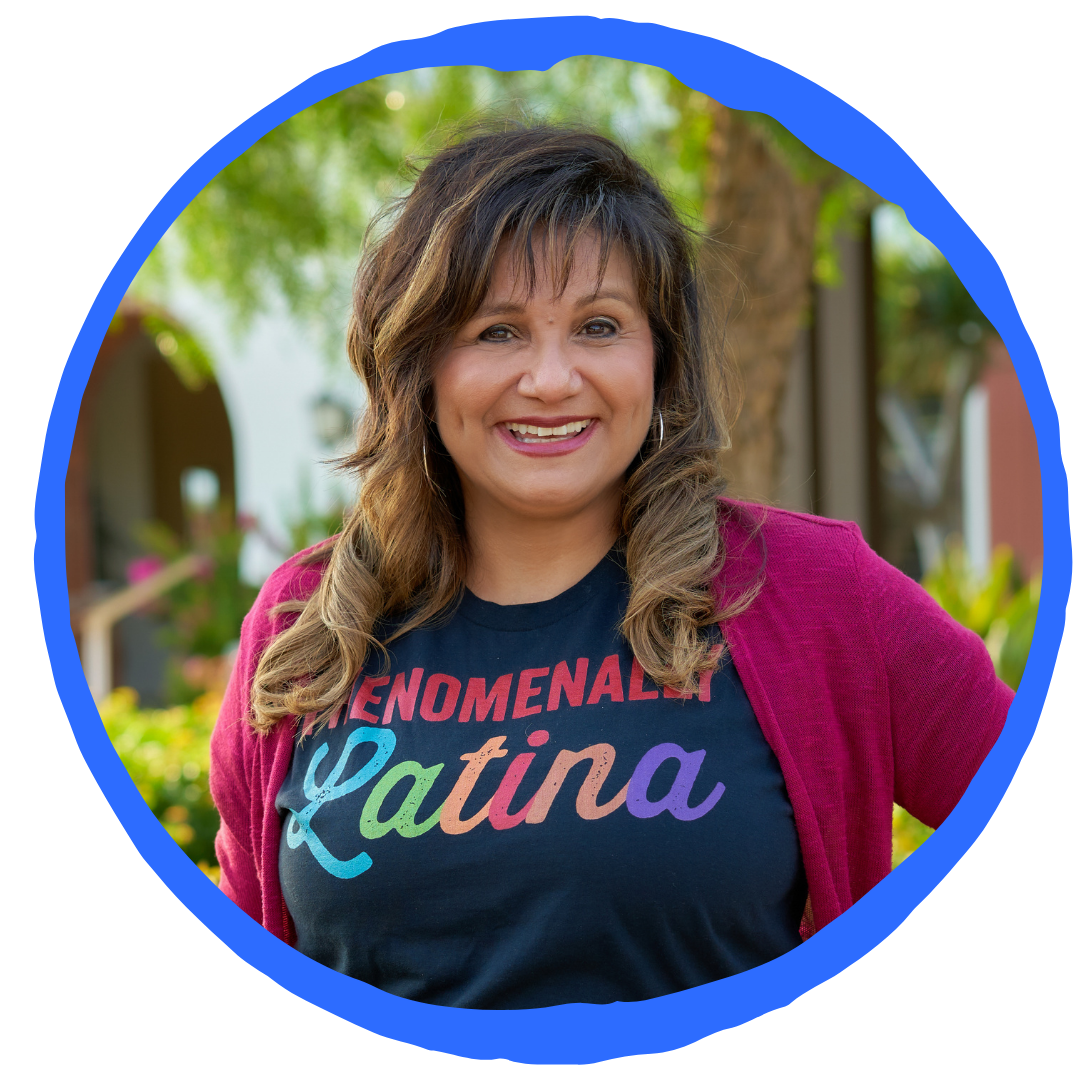
About PersuasionPoint
Patti Perez is founder and CEO of PersuasionPoint, a modern-day consulting firm dedicated to teaching leaders and teams how to create and sustain healthy, equitable and inclusive workplace cultures. Patti is the best-selling, award-winning author of The Drama-Free Workplace (Wiley 2019), and draws from the book’s themes to provide practical, authentic, and action-oriented solutions to help companies achieve true diversity and equity, and to create environments of belonging and inclusion.
Patti and the team provide services specifically tailored to address workplace struggles with recruiting, retaining, promoting and fully valuing diverse employees – including consulting, leadership training, and boot camps for diverse attorneys who are emerging leaders.
Contact Patti here or email her directly at Patti@PersuasionPoint.com.
